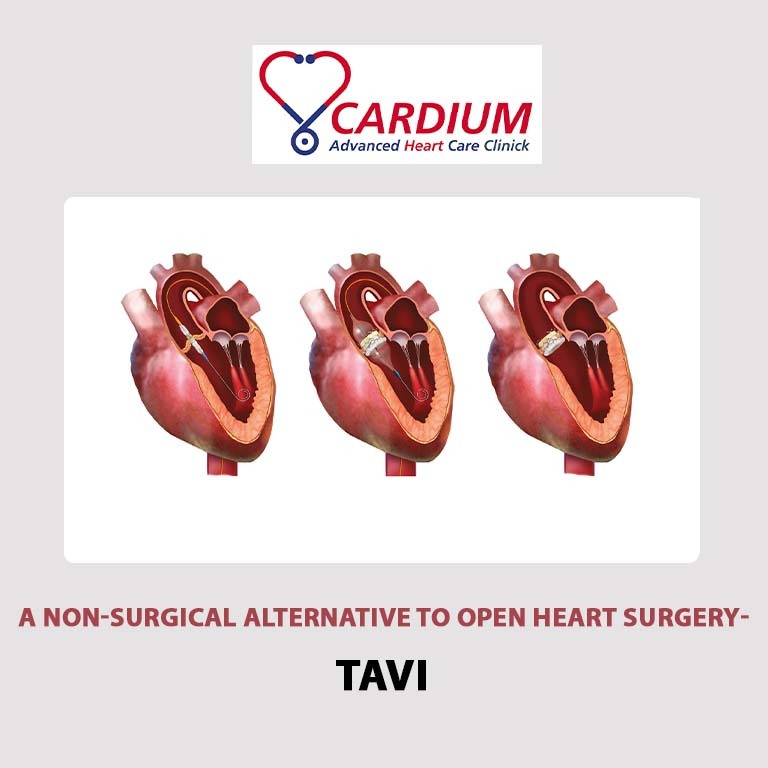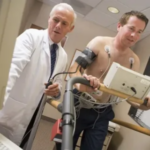
What is TAVI?
Transcatheter aortic valve implantation (TAVI) is a non-surgical alternative to open heart surgery for patients with aortic stenosis. Aortic stenosis is a condition in which the aortic valve, which controls blood flow from the heart to the rest of the body, becomes narrowed and doesn’t function properly. This can lead to symptoms such as shortness of breath, chest pain, and fatigue.
How Does TAVI Work?
During TAVI, a small tube called a catheter is inserted through a blood vessel in the leg and guided to the heart. A replacement valve is then pushed through the catheter and positioned within the aortic valve. The new valve then expands and takes over the function of the old, damaged valve.
TAVI is less invasive than traditional open heart surgery and requires a shorter recovery time. It is often recommended for patients who are considered high-risk for open heart surgery due to factors such as age, other health conditions, or a previous history of surgery.
The procedure is done under general anesthesia and recovery time is usually a few days in the hospital and about 4 to 6 weeks for a full recovery.
How Effective is TAVI/TAVR?
TAVI has been shown to be as effective as open heart surgery in improving symptoms and reducing the risk of death in patients with aortic stenosis.It is a now a well established procedure with good short and long term outcomes. Initially it was approved for patients who were either high risk or unfit for surgery but in 2019 got approved for relatively younger and even who were fit for open heart surgery, demonstrating the safety and efficacy of this procedure.
It’s important to note that TAVI is not for everyone and it’s important to discuss with your doctor if it’s the best treatment option for your specific condition.
Overall, TAVI is a fantastic non-surgical alternative for patients with aortic stenosis in patients who are 65 yrs and above and also in selected younger patients where surgical risk is prohibitive. It offers a less invasive option with a faster recovery time while providing similar outcomes to traditional surgery.




